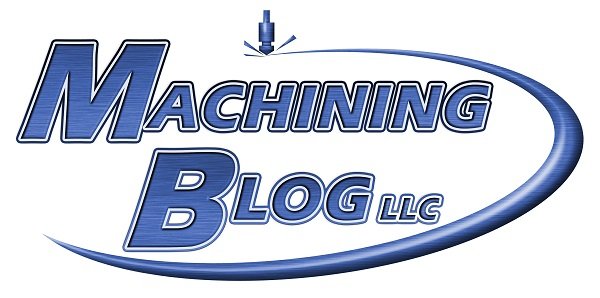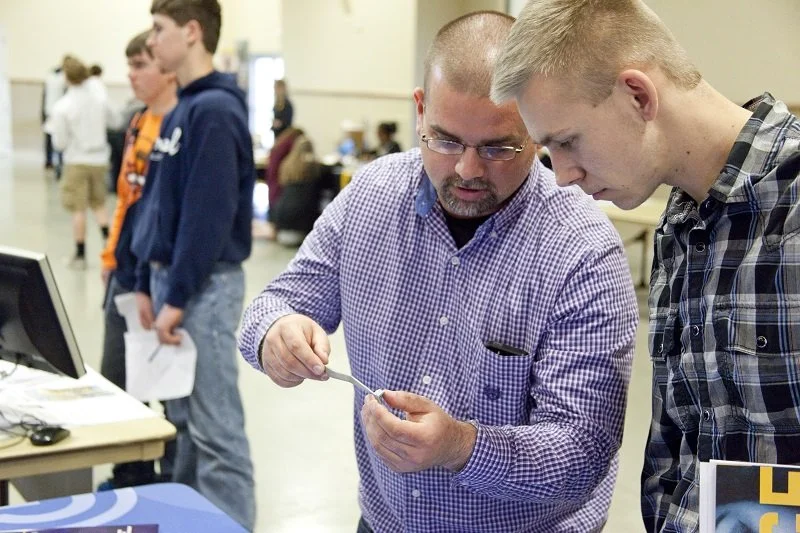Growing the Lathe Department
While spending much of my career working in the medical machining industry, it was an education into complex part machining. What is being done today in the machining industry is exceptional. Now a highly engineered part can be made compete in one setup in a machine that can turn, mill, drill, hob, broach, thread whirl, and gun drill parts. I have implemented lathes from 5-axis models up to 11-axis models. Here is a breakdown of what it might take to implement advanced lathes.
The most important part of the consideration into complex machining is having a skilled workforce that can implement and fully utilize the machines capabilities. What I recommend to shops that want to implement Swiss machining is start off with a lathe that has a Y axis for milling and a sub spindle for one setup part processing. Once this machine is mastered, then adding a machine with a sliding headstock is much easier to implement. It’s the one setup part processing strategy that you need to train your workforce in developing.
The other consideration is the CNC controller brand. Try to implement controller continuity between machines. Stay with one controller brand throughout the CNC department. This makes training and operation by employees much easier. A key consideration is also the bar feeder controller brand. Stay with what your employees know how to use.
Another aspect into complex machining is programming documentation into setup sheets for ease of setup and operation. This must be done in a way where the setup person knows exactly what the programmer did when programming the part. In Swiss machining there are many tool positions and tool orientation possibilities. A well thought out setup and operation document can greatly aid in reducing setup time in complex machining. Some CNC programming software’s have highly detailed setup sheets that are customizable for your needs. You may also want to consider the possibility of exporting the data from the programming file and using it to produce your own custom setup sheet documents. The setup sheets should have all the operator’s questions answered on the document. Things to also consider is having a list of the order of program operation to guide the operator through the program. Also, a program revision log is useful to keep track of what improvements have been done already to the CNC program and its process. Here are other key items to have on a setup sheet document: Setup Sheet Considerations
Tool number and Tool offset number
Tool brand description and product number
Tool orientation / cutting direction / live tool or a fixed stationary tool
Tool length and diameter
Tool location, example (turret, front gang slide, back gang slide, back tool post)
Tool speed and feed rates
Tool cut time
Cutting strategy used on operation and tool
Part orientation
Part number and description
Part overall length
Part diameter max
Part material
Part revision number
Also, a main consideration is developing a setup document and checklist for setting up the complex machine. Pictures are helpful in the setup document to guide the operator through the setup. The checklist helps prevent error in the setup process, and it helps ensure everyone is doing the setup the same way. I recommend to people looking into implementing complex machines to maximize the time that you have with the machine tool’s Applications Engineer during the initial machine setup. Have a person in the training team that takes notes specifically for creating a setup process document.
For the type of machine that you select there are a few considerations. Mill / Turn machining is a way to process a part complete in one setup and it is basically a hybrid lathe. A lathe that typically has a tool changer and a B axis head. Some machines have turrets with live tools. What the machine doesn’t have is a sliding headstock, and those machines are commonly called Swiss lathes.
What “Swiss” is in machining is that the machine has a sliding headstock and a guide bushing that works in-conjunction with a lathe chuck. The bar stock is clamped in the chuck and it is fed through the guide bushing. This allows the machinist to work with bar stock that is supported always, and the goal is to machine as close to the guide bushing as possible.
Complex machining on complex equipment can be as simple or as multifaceted as you might make it. However, a skilled workforce and an organized department can make all the difference in making it into a success.







